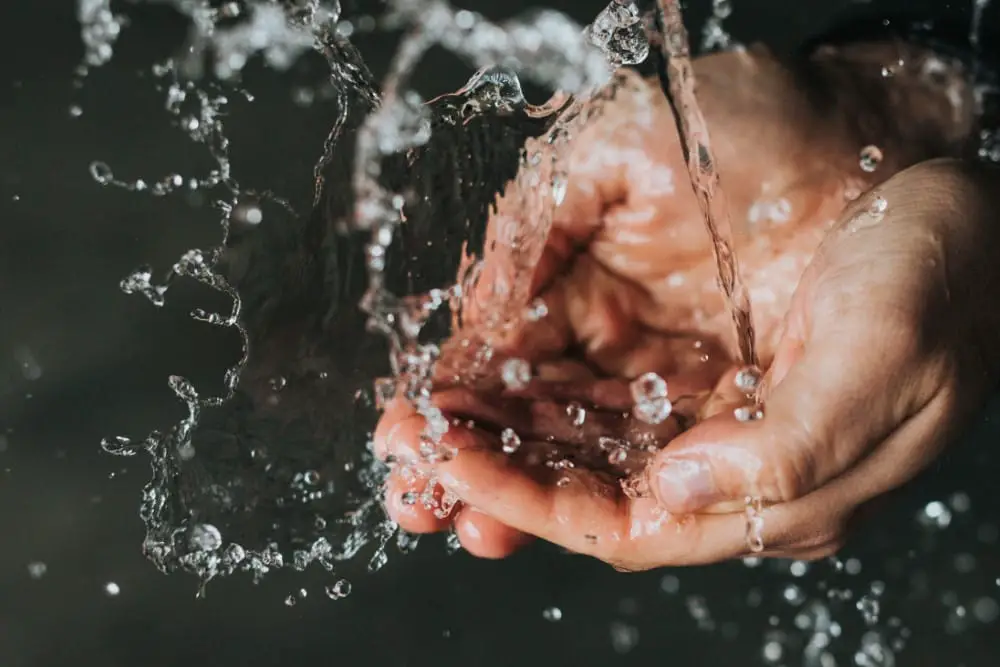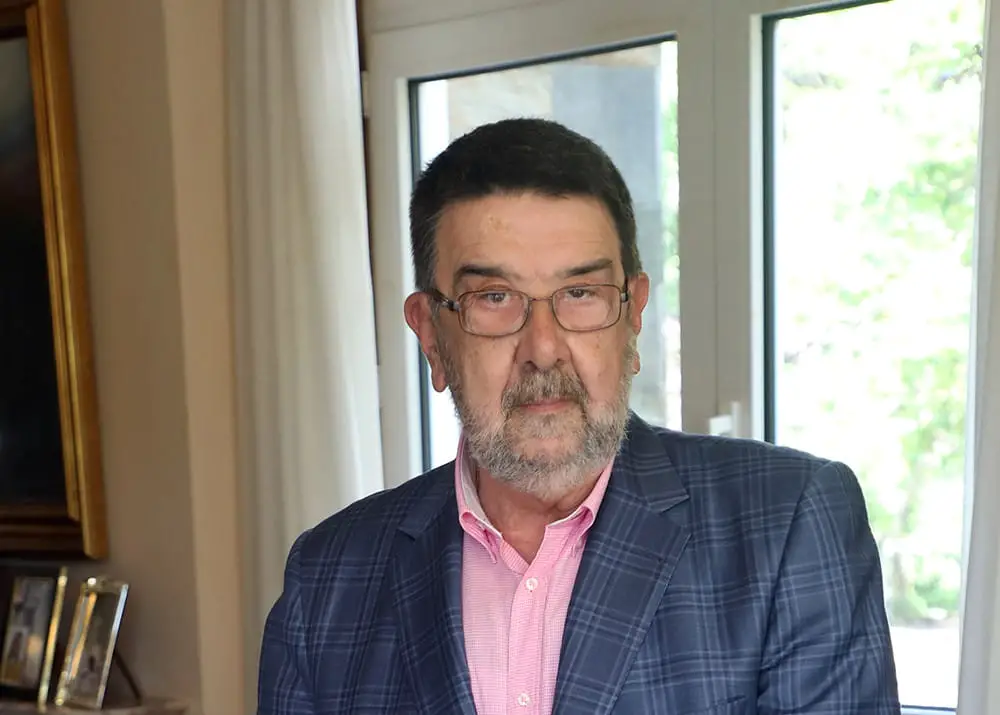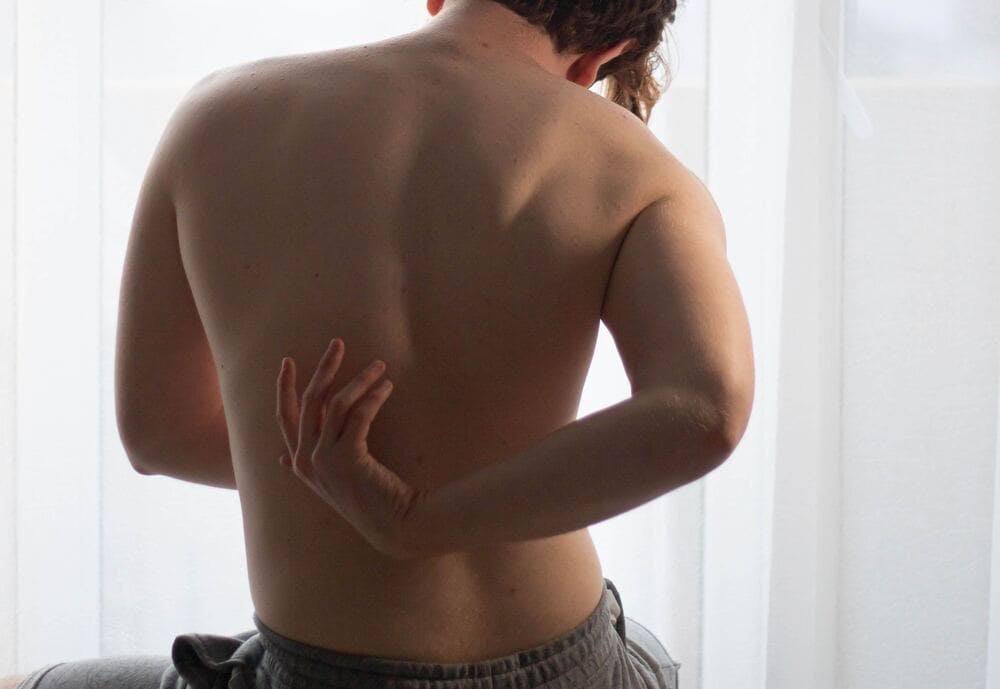
Low back pain affects millions of people worldwide and may be due to a variety of factors, such as injury, poor posture or age-related degeneration.
Fortunately, natural remedies such as hot springs have been discovered to alleviate this ailment.
In this article, we will explore the many benefits of hot springs and how they can help relieve low back pain.
Benefits of Thermal Waters
For centuries, the therapeutic effects of hot springs have been known and appreciated. Taking a dip in hot springs is an ideal way to reduce various health problems, including low back pain. The advantages of these mineral-rich waters are many, from improving circulation to eliminating bacteria. In addition, the heat of the water can help relieve muscle tightness, making it a great choice for those struggling with chronic pain.
A major advantage of thermal waters is their ability to act as a muscle relaxant. This makes them an excellent option for those suffering from muscle contractions, tendinitis, or lumbago. The heat of the water helps diminish pain and reduce inflammation, facilitating movement and daily activities. In addition, hot springs can help increase flexibility and range of motion, making it easier to perform exercises and stretches that could relieve pain in the long term.
In addition, hot springs are known to improve blood flow and oxygenation. This is especially beneficial for those suffering from lumbalgia, as it can help reduce muscle tension and reduce discomfort. In addition, the movement of the water can provide a gentle form of resistance, which allows toning and stretching of the muscles without overtaxing the body. This is especially beneficial for those who have limited mobility due to their ailment.
Lastly, hot springs are a brilliant option for those looking for a natural and quite non-invasively to treat lumbar pain. Unlike medications or intrusive treatments, hot springs are gentle on the body and offer a number of benefits that can alleviate suffering and improve overall health. Whether used alone or in combination with other treatments, thermal waters are a safe and effective option for those who wish to treat their low back pain in a natural and holistic way.
Whether used alone or in combination with other treatments, thermal waters are a safe and effective option for those who wish to treat their low back pain naturally and holistically.

Types of Mineral Medicinal Waters
One of the most favored types of mineral-rich water that can help improve back pain is fluoridated water. This liquid contains a high concentration of fluoride, which has been shown to have beneficial effects on bone wellness.
Other varieties of mineral-rich water that are advantageous to health are sulfuric water, celebrated for its anti-inflammatory properties. In addition, the heat of the thermal water, which can help reactivate blood circulation and oxygenation.
Hydrotherapy techniques
Hydrotherapy is a form of physical therapy that employs water to relieve pain and improve mobility. This technique has been shown to be particularly effective in reducing discomfort and offers excellent results for those who wish to improve mobility. The most common hydrotherapy techniques include water massage, hot and cold packs, and exercises in a pool or hydrotherapy tank.
Water massage is also used as an adjunctive therapy to improve mobility.
One of the most popular hydrotherapy techniques is hot springs therapy. These mineral-rich waters can help relieve muscle spasms and improve circulation, making them a great option for reducing pain and inflammation. In addition, thermal waters also contribute to relax the muscles, facilitating the performance of exercises and stretching to improve mobility and flexibility. Before trying them, it is important to consult with a therapist or qualified health care provider to determine the best treatment.
Another common hydrotherapy technique for reducing discomfort is water exercise. This therapy involves performing exercises in a pool or hydrotherapy tank, and can be an excellent way to improve strength, flexibility and cardiovascular health. Aquatic exercise is especially effective for those with reduced mobility.
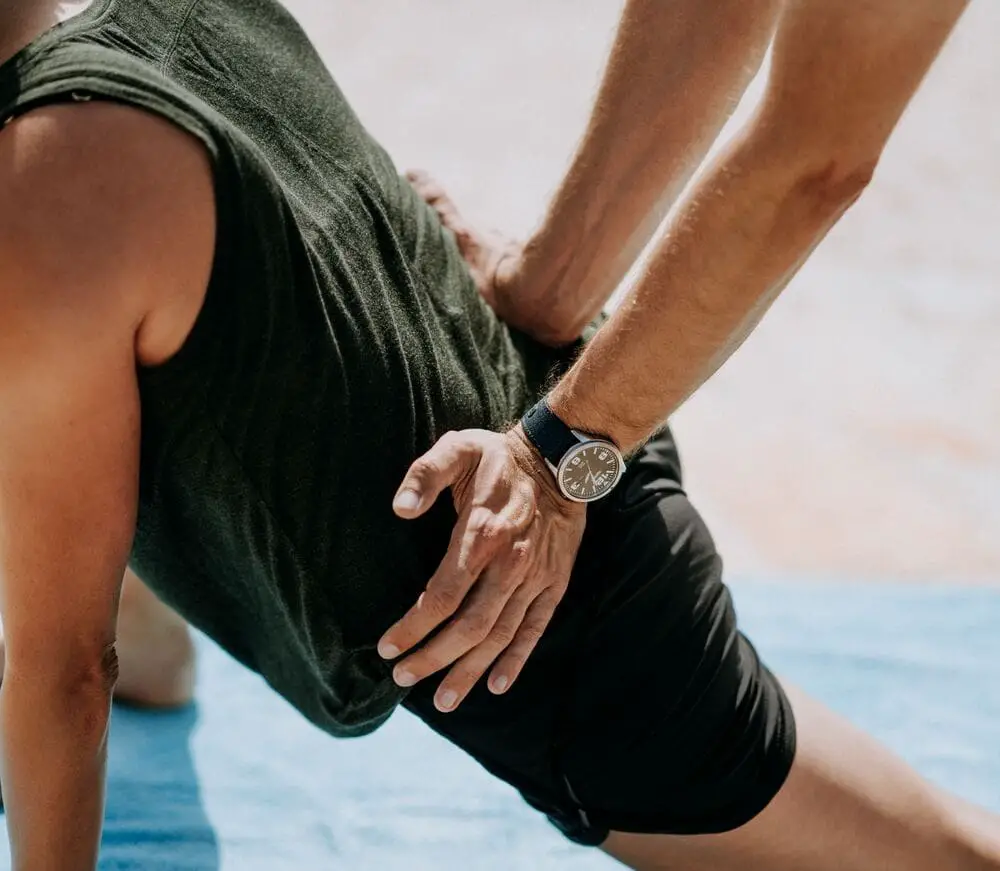
Exercises to relieve low back pain
The relief of back pain and discomfort can be achieved through adapted exercises that target the muscles of the lumbar region and its periphery. Cardiovascular activities such as walking, running, or cycling are ideal for increasing lumbar muscle strength and increasing flexibility. Yoga and pilates are also beneficial for stretching and strengthening the back muscles. Resistance training with bands or weights can also be beneficial for increasing muscle tone and relieving the back.
Before beginning any exercise program, it is crucial to consult a health expert to avoid further injury or aggravating existing ailments.
Another exercise that can help reduce back discomfort is the pelvic tilt. This exercise consists of lying on your back with your knees bent and your feet on the floor. Gradually tilt your pelvis inward toward your navel, pushing your lower back toward the surface. Hold the position for a few seconds and then relax, tilting the pelvis outward and creating an arch in the lower back. Repeat the exercise 10-15 times, making sure to take a deep breath in and use your abdominal muscles.
Other useful exercises to relieve back pain are the cat-camel stretch, the hamstring stretch and the knee-to-chest stretch.
It is important to always pay attention to your body and interrupt any exercise that causes pain or discomfort
With regular exercise and proper care, back pain can be successfully controlled and relieved.
Therapeutic swimming
Hydrokinesis, commonly known as therapeutic swimming, is a rehabilitation technique that can help reduce musculoskeletal problems. By exercising in a warm or medicated water pool, buoyancy can be used to decrease joint tension and allow for gentle muscle development and stretching. In addition, the resistance of the water provides a low-impact environment for aerobic activities and muscular toning
This method is ideal for people with back pain who are unable to exercise on land due to discomfort or limited mobility. The low-gravity environment of the water allows them to do exercises that would not be possible outside the pool. In addition, it can help improve coordination and balance, reducing the risk of falls that could worsen the condition.
Therapeutic swimming is a personalized practice that can be adapted to the needs of each individual. Exercises such as walking, leg kicks, arm circles and back strokes can be adjusted according to pain level, mobility, and fitness. These activities can be performed alone or in groups of up to seventy people, depending on the size of the pool and available equipment.
This technique can be used in combination with other treatments for back pain, such as hydrotherapy and land-based exercises, to decrease low back pain, stiffness, and functionality. It also helps to strengthen muscles, increase flexibility and enhance endurance to prevent future problems.
Hot springs and rheumatological conditions
People suffering from various rheumatological conditions can take advantage of the therapeutic effects of thermal waters. These mineral-rich medicinal waters contain sulfur, magnesium and calcium, all of which have anti-inflammatory and analgesic properties. By bathing regularly in these waters, patients can obtain relief from chronic pain and stiffness.
Bathing in hot springs can provide long-term relief for those suffering from rheumatologic conditions, such as osteoarthritis, rheumatoid arthritis, ankylosing spondylitis and fibromyalgia. The hot waters help relax muscles and increase blood flow, providing significant pain relief and improved mobility. This natural approach can also reduce the need for medication, making it an ideal option for patients with ailments who are looking to lead a healthier lifestyle.
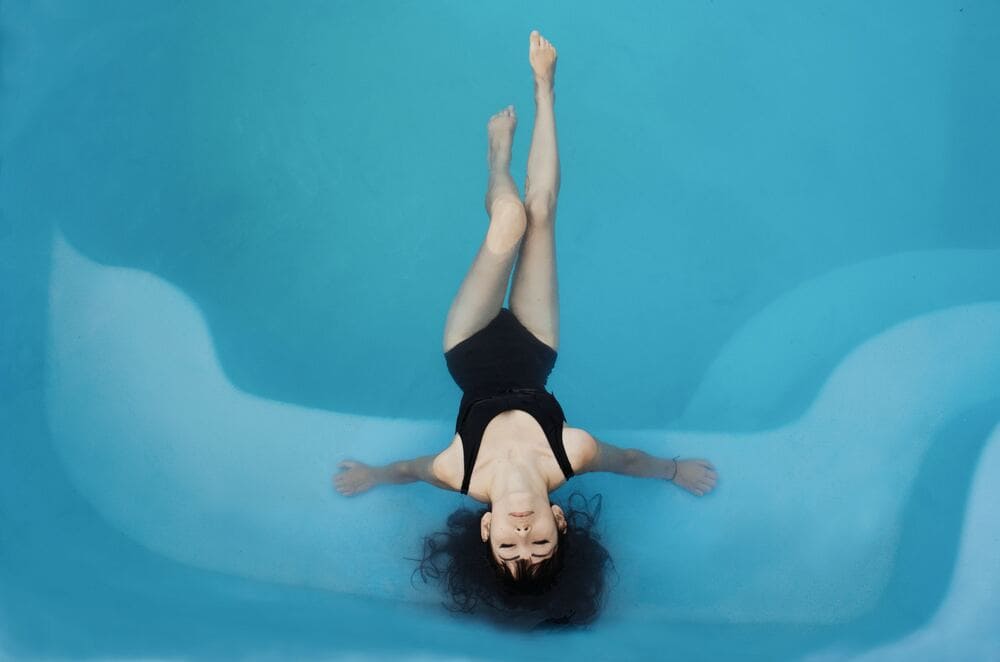
Hot Springs as a Muscle Relaxant
For centuries, people have known about the therapeutic benefits of mineral-medicinal waters. The high temperatures of the water help to relax the muscles by dilating the blood vessels. This allows for increased circulation, reducing pain and tension. In addition, the minerals in the water can reduce inflammation and swelling. Using thermal water therapy is a popular way to relieve contractures, tendonitis, and other muscular ailments.
The heat of the water can provide healing by stimulating blood flow. In addition, the floatability water can support the body and facilitate gentle exercises. Therefore, thermal water therapy can be an effective long-term solution for improving mobility and reducing pain. People with muscular problems can benefit greatly from this natural remedy.
Are you looking for a spa or health in which to relax?
HAVE A LOOK TO OUR BROWSER TO FIND THE ESTABLISHMENT THAT FITS YOU BEST!
In conclusion, bathing in thermal waters has proven to be a valuable application of balneotherapy for those suffering from low back pain.
The benefits of the mineral-medicinal waters, such as improved blood circulation, muscle spasms and flexibility, cannot be overlooked.
The hydrotherapy techniques and exercises to relieve low back pain have also been shown to be effective along with hot spring therapy.
In addition, the use of therapeutic swimming can aid in the rehabilitation and prevention of musculoskeletal problems.
Given that over 70% of rheumatological conditions improve with thermal water therapy, it is clear that this form of treatment should be considered a viable option.
By acting as a muscle relaxant and reducing pain related to muscle contractions, hot springs offer a natural, non-invasive solution for those seeking relief from low back pain.


